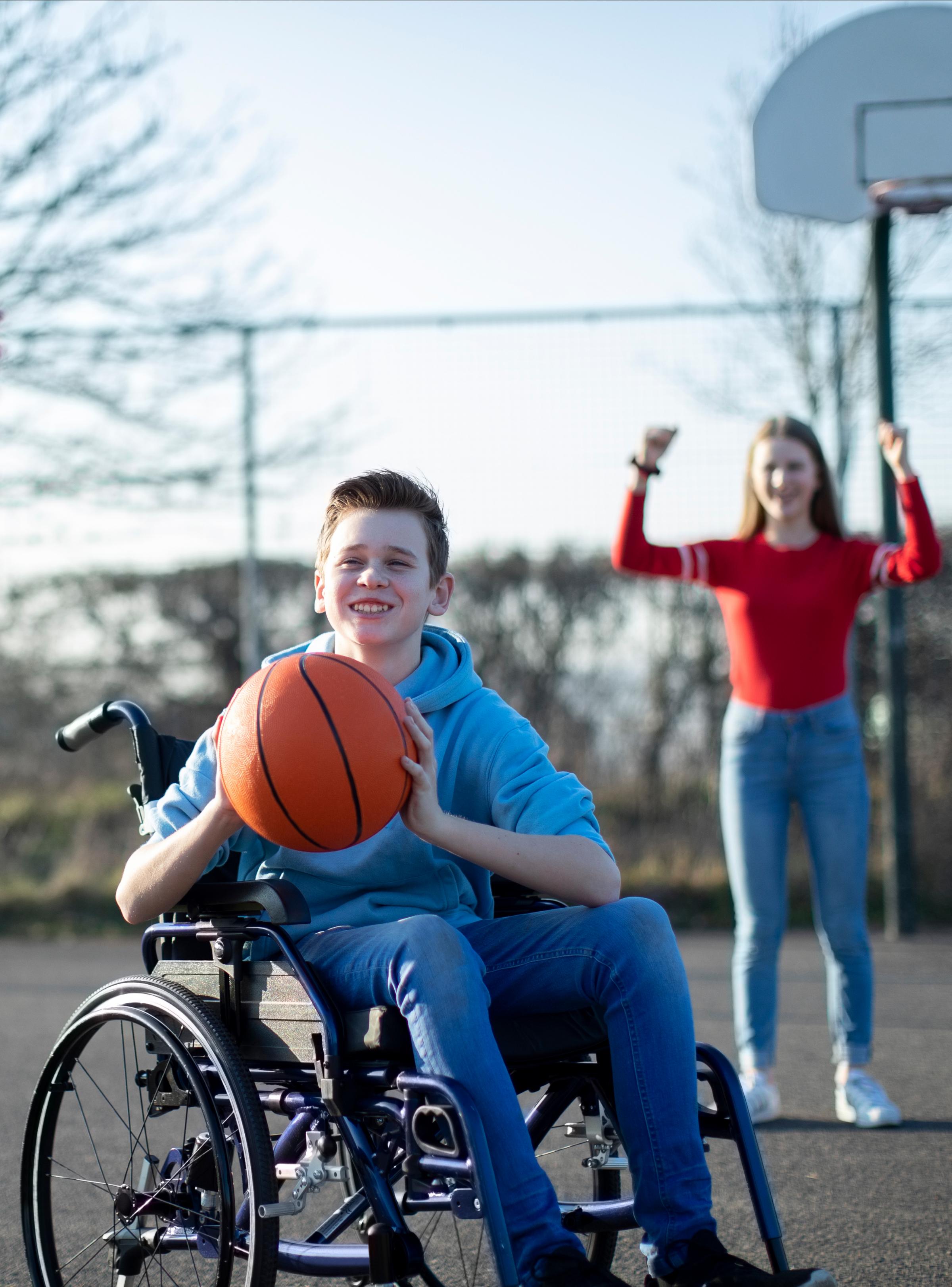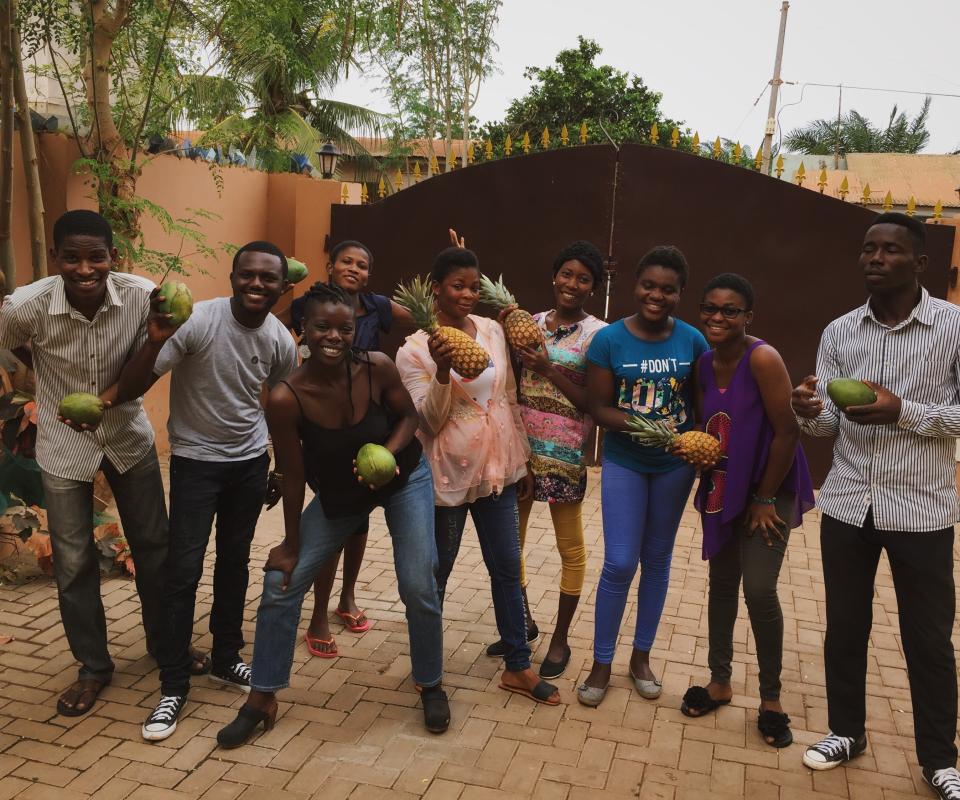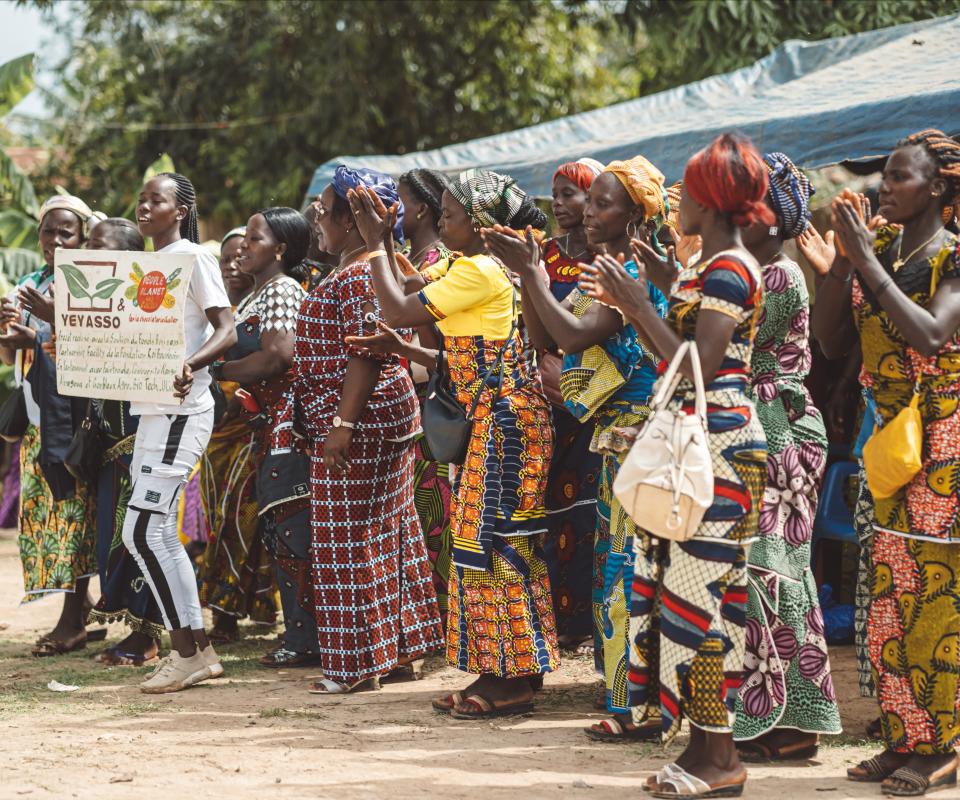
How viruses can help to combat rare diseases
For many rare diseases, the genetic defects that cause them are known. There is even better news: the search for ways of repairing these defects is also progressing. Prof. Thierry VandenDriessche (VUB) explains how his research is contributing to this. He has received support for this research from the Walter Pyleman Fund, the Cremers-Opdebeeck Fund and the Richard Depasse Fund, which are managed by the King Baudouin Foundation.
Each year tens of babies are born in Belgium with rare muscle diseases. This means that there are many hundreds of people living with these serious conditions. These muscle diseases not only affect so-called skeletal muscle, which means that patients lose their ability to walk i.a., but also the muscles we need to swallow and breathe, and the muscles in the heart. Muscle diseases can therefore be very invalidating and even life-threatening: patients may choke as food gets into their airways, or they could suffocate or die of heart failure.
Fortunately for many rare diseases we already know the exact location of the genetic defect that is causing them. Prof. Thierry VandenDriessche has been working on research into gene therapy for thirty years, jointly with Prof. Marinee Chuah and their team, with the aim of correcting these genetic ‘misspellings’. “Our genetic material or DNA is a long series of 3 billion letters. A single incorrect or missing letter out of those billions can result in serious disability. So our aim is to correct a small piece of that chain of letters: by ‘cutting and pasting’ using the Crispr-Cas method, or by inserting a correct gene to make up for the error.”
Barrier
Creating a complete, functional, synthetic gene in the laboratory is ‘a piece of cake’. And every genetics researcher now knows how to use Crispr-Cas. But how do you get the gene or ‘cut and pasted’ components into billions of cells? Thierry VandenDriessche: “We use the efficient mechanisms that already exist in nature! You not only want to get the material into every muscle cell, but it also has to get through the barrier of the cell membrane. That is exactly what viruses naturally do: they try to get into all cells. So we ‘tame’ the viruses and adapt them so that they become a safe and efficient transport system.”
This is where the explanation becomes quite technically complicated, but it comes down to tricking the virus into encapsulating the therapeutic genetic material. You can then inject these viruses so that they find their way into cells. “It works extremely well”, says Thierry VandenDriessche. “One example is the blood-clotting disease haemophilia, an area where we have done a lot of research. People who previously needed injections three times per week and sometimes still had severe bleeds, have been almost free of symptoms for ten years after a single treatment with gene therapy. That is a completely different life!” Gene therapies have also been approved by the European Medicines Agency for a number of genetic conditions.
Duchenne, Steinert and Pompe
VandenDriessche is now focusing on three rare muscle disorders in his research: Duchenne muscular dystrophy, Steinert disease (myotonic dystrophy) and Pompe’s disease (a so-called ‘storage disease’). Duchenne only affects boys, while Steinert and Pompe’s can affect both boys and girls. “For each disease we still need to find the most efficient ways of using gene therapy and also the ways that are safest - with as few side-effects as possible. Once it has got into the cell, the gene still has to be activated: a kind of molecular ‘motor’ is needed to drive the gene. The better the motor, the fewer virus particles we have to inject and the lower the risk of an immune reaction. It must not be too powerful, however, since that can cause different side-effects. You have to get the balance right. Our core business pertains to making the best motor possible”
Broadly speaking there are three major steps: checking whether you can treat cells from a patient in the laboratory, then testing whether it works in animal models (first mice, then possibly dogs), and then testing in human beings. “In the case of Steinert disease we have just proven that we can cure the disease in patients’ isolated cells, and now we have to verify that in the animal model. In Duchenne muscular dystrophy we have already reached the mouse stage, and it is working: a sick mouse is unable to walk but a mouse that has been treated is on its little treadmill all the time. Nevertheless, we now want to make the ‘motor’ even more efficient. For Pompe’s disease, we are also conducting efficacy and safety tests in laboratory animals.”
Encouraging
The goal is to bring about major changes in patients’ quality of life and also in their life expectancy. So aren’t they fully cured as soon as the genetic defect has been repaired? “I am convinced that gene therapy can really make a difference, and I am cautiously optimistic when it comes to cures, but we simply have not been doing this for long enough to know what the effects will be in the very long term. For example, after the correct gene has been inserted it could ‘crumble away’ after a long period of many years. We do already know that the animals remain free of disease until they die of old age so that’s particularly encouraging. Also, we don’t yet know whether we can only hold back the progression of muscle disorders, or whether we can also repair damage that has already occurred.”
“In gene therapy we are using the efficient mechanisms that exist in nature, by turning viruses into a transport system to smuggle therapeutic genes into the patient’s cells.”
So there are prospects for significant improvement. “This is also thanks to the involvement of patients and their families” says Thierry VandenDriessche. “They are making a significant contribution to the research by challenging researchers to delve into these rare conditions, and by bringing together the necessary financial resources in a number of funds, such as in our case the Walter Pyleman Fund, the Cremers-Opdebeeck Fund and the Richard Depasse Fund. In some cases these resources really have been a catalyst for this type of research.”
Other stories
Inspiring engagement!

Pure & Just: Sustainable growth, meaningful partnerships and economic empowerment
Business for development

Four founders explain how the Business Partnership Facility supports their sustainable businesses in Rwanda and Senegal
Business for development
“The relationship between funder and grantee is important,. Social entrepreneurs are passionate about what they do. Trust is critical in the sense of empowering implementers. I experienced that trust and that was empowering, the feeling that I have control to take decisions that I see are right for us.”

Yeyasso, the Ivorian cooperative where all hopes are allowed
International
“Yeyasso differentiates itself through its added value. We aim to become organic, equitable, carbon neutral, with no child labour and with zero deforestation.”